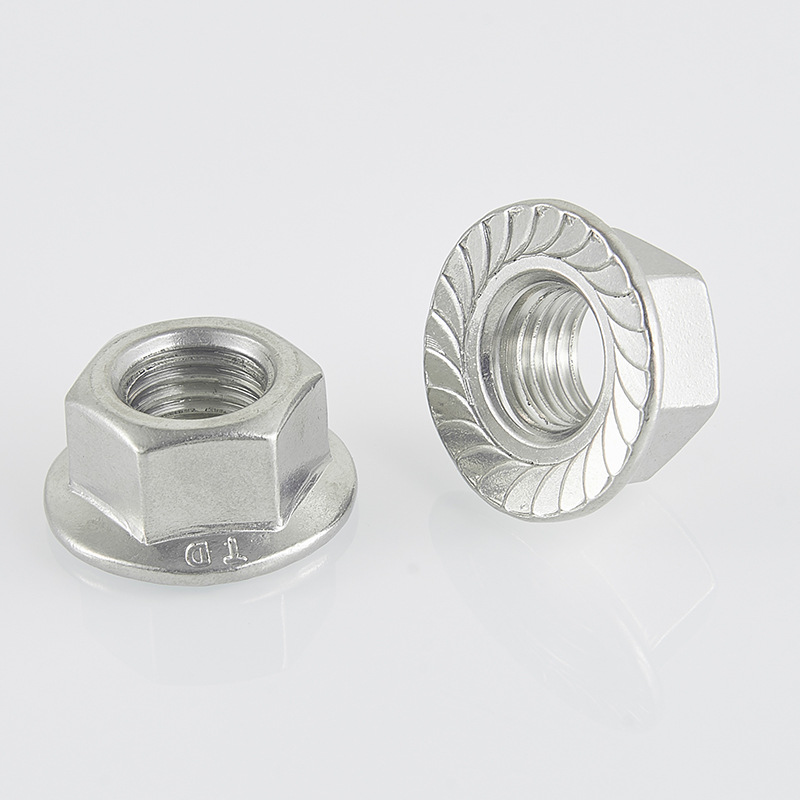

stud fastener
Dec . 04, 2024 14:48 Back to list
stud fastener
Understanding Stud Fasteners A Comprehensive Guide
Stud fasteners are an essential component in various industries, offering unique advantages that enhance connectivity, stability, and strength in mechanical assemblies. This article delves into the definition, types, applications, and benefits of stud fasteners, providing a comprehensive overview for engineers, manufacturers, and DIY enthusiasts alike.
What Are Stud Fasteners?
A stud fastener, commonly referred to simply as a stud, is a metal rod with threads on both ends or a rod with only one threaded end while the opposite end is unthreaded. These fasteners are designed to provide a strong mechanical connection between various components, serving as a reliable alternative to bolts and screws in certain applications. Studs are particularly favored for their ability to facilitate disassembly without needing to replace the entire fastener, thereby saving time and resources during maintenance or repairs.
Types of Stud Fasteners
There are several types of stud fasteners, each tailored to specific applications and environments
1. Full Threaded Studs These have threads extending the entire length of the rod. They are typically used when a robust connection is required.
2. Partially Threaded Studs With threads on only one end, these studs are often used in applications where a nut or other fastening component will be placed on the threaded end, while the unthreaded end provides stability.
3. Headed Studs These studs come with a head on one end, allowing them to be fixed into a base material. They provide an anchor point for components that need to be secured in place.
4. Tapered Studs These studs have a tapered end that allows for easier penetration into materials. They are commonly used in components requiring a tight fit.
5. Hanger Studs Often used in construction, these studs serve as anchors for hanging fixtures from walls or ceilings.
6. Welding Studs These are designed specifically to be welded to surfaces, creating a strong bond that can withstand significant mechanical stress.
Applications of Stud Fasteners
Stud fasteners find extensive use across multiple sectors, including
stud fastener

- Automotive Industry In the assembly of various automotive components, studs provide durable connections while simplifying repair procedures. - Construction Used to secure structural components such as beams and columns, studs are integral to building safety and integrity.
- Aerospace Studs are employed in aircraft manufacturing where lightweight yet robust fasteners are necessary.
- Manufacturing In machinery assembly and maintenance, studs allow for easy replacement of parts without the need for complete disassembly.
- Electronics Stud fasteners are used in mounting circuit boards and components, ensuring stability while minimizing vibrations and movement.
Benefits of Stud Fasteners
Stud fasteners offer numerous advantages that make them preferable in various applications
- Strength and Stability They provide robust connections capable of withstanding high loads and ensuring structural integrity.
- Ease of Disassembly Studs can be easily removed and replaced, facilitating maintenance and reducing downtime.
- Versatility With different types available, studs can be tailored to a wide range of applications and materials.
- Space Efficiency They occupy less space than traditional fasteners, making them suitable for compact designs.
- Cost-Effectiveness Their reusable nature can lead to cost savings in both materials and labor over time.
Conclusion
Stud fasteners are indispensable in modern engineering and assembly. Understanding their types, applications, and advantages can significantly enhance both the design and functionality of mechanical systems. Whether you are involved in manufacturing, construction, or any other industry requiring reliable fastening solutions, stud fasteners offer a combination of strength, versatility, and ease of use that is hard to beat. As technology advances, the evolution of stud fasteners will continue, leading to even more innovative applications and designs in the future.
Latest news
-
High-Strength Hot Dip Galvanized Bolts - Hebei Longze | Corrosion Resistance, Customization
NewsJul.30,2025
-
Hot Dip Galvanized Bolts-Hebei Longze|Corrosion Resistance&High Strength
NewsJul.30,2025
-
High-Strength Hot-Dip Galvanized Bolts-Hebei Longze|Corrosion Resistance&High Strength
NewsJul.30,2025
-
Hot Dip Galvanized Bolts-Hebei Longze|Corrosion Resistance&High Strength
NewsJul.30,2025
-
Hot Dip Galvanized Bolts - Hebei Longze | Corrosion Resistance, High Strength
NewsJul.30,2025
-
High-Strength Hot Dip Galvanized Bolts-Hebei Longze|Corrosion Resistance, Grade 8.8
NewsJul.30,2025

